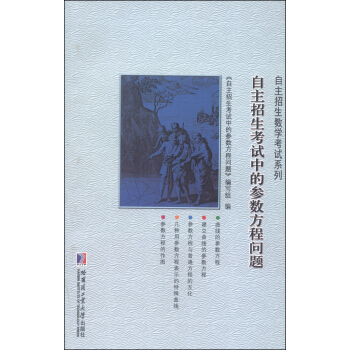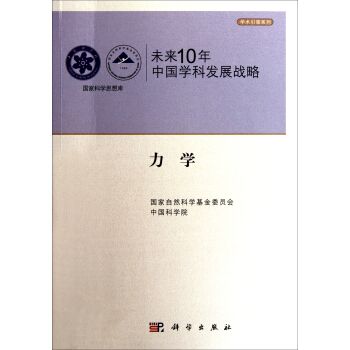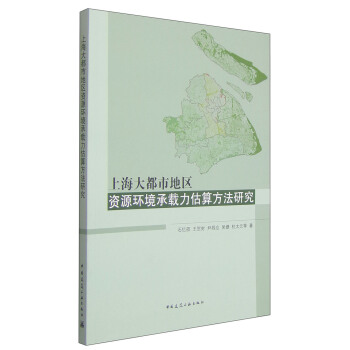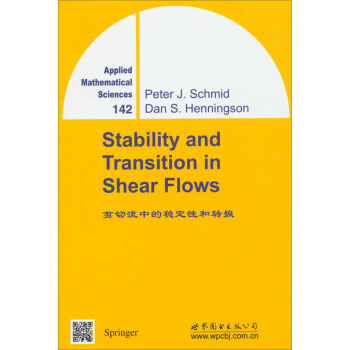

具体描述
内容简介
回顾了过去10年在壁湍流和自由剪切流转捩问题的数值研究中取得的重要进展,介绍了数值方法和模式研究方面的进展,以及由此带来的关于转捩理论认识上的进展。对于壁面流动,文中主要介绍了渐进稳定流动中"跨越(bypass)转捩"研究中的各种观点。本文也简要介绍了对感受性和转捩控制方面的研究。内页插图
目录
1 Introduction and General Results1.1 Introduction1.2 Nonlinear Disturbance Equations1.3 Definition of Stability and Critical Reynolds Numbers1.3.1 Definition of Stability1.3.2 Critical Reynolds Numbers1.3.3 Spatial Evolution of Disturbances1.4 The Reynolds-Orr Equation1.4.1 Derivation of the Reynolds-Orr Equation1.4.2 The Need for Linear Growth MechanismsⅠ Temporal Stability of Parallel Shear Flows2 Linear Inviscid Analysis2.1 Inviscid Linear Stability Equations2.2 Modal Solutions2.2.1 General Results2.2.2 Dispersive Effects and Wave Packets2.3 Initial Value Problem2.3.1 The Inviscid Initial Value Problem2.3.2 Laplace Transform Solution2.3.3 Solutions to the Normal Vorticity Equation2.3.4 Example: Couette Flow2.3.5 Localized Disturbances3 Eigensolutions to the Viscous Problem3.1 Viscous Linear Stability Equations3.1.1 The Velocity-Vorticity Formulation3.1.2 The Orr-Sommerfeld and Squire Equations3.1.3 Squire's Transformation and Squire's Theorem3.1.4 Vector Modes3.1.5 Pipe Flow3.2 Spectra and Eigenfunctions3.2.1 Discrete Spectrum3.2.2 Neutral Curves3.2.3 Continuous Spectrum3.2.4 Asymptotic Results3.3 Further Results on Spectra and Eigenfunctions3.3.1 Adjoint Problem and Bi-Orthogonality Condition3.3.2 Sensitivity of Eigenvalues3.3.3 Pseudo-Eigenvalues3.3.4 Bounds on Eigenvalues3.3.5 Dispersive Effects and Wave Packets4 The Viscous Initial Value Problem4.1 The Viscous Initial Value Problem4.1.1 Motivation4.1.2 Derivation of the Disturbance Equations4.1.3 Disturbance Measure4.2 The Forced Squire Equation and Transient Growth4.2.1 Eigenfunction Expansion4.2.2 Blasius Boundary Layer Flow4.3 The Complete Solution to the Initial Value Problem4.3.1 Continuous Formulation4.3.2 Discrete Formulation4.4 Optimal Growth4.4.1 The Matrix Exponential4.4.2 Maximum Amplification4.4.3 Optimal Disturbances4.4.4 Reynolds Number Dependence of Optimal Growth4.5 Optimal Response and Optimal Growth Rate4.5.1 The Forced Problem and the Resolvent4.5.2 Maximum Growth Rate4.5.3 Response to Stochastic Excitation4.6 Estimates of Growth4.6.1 Bounds on Matrix Exponential……Ⅱ Stability of Complex Flows and TransitionⅢ Appendix
精彩书摘
1.1 Introduction Hydrodynamic stability theory is concerned with the response of a laminarflow to a disturbance of small or moderate amplitude. If the flow returns toits original laminar state one defines the flow as stable, whereas if the dis-turbance grows and causes the laminar flow to change into a different state,one defines the flow as unstable. Instabilities often result in turbulent fluidmotion, but they may also take the flow into a different laminar, usuallymore complicated state. Stability theory deals with the mathematical anal-ysis of the evolution of disturbances superposed on a laminar base flow. Inmany cases one assumes the disturbances to be small so that further sim-plifications can be justified. In particular, a linear equation governing theevolution of disturbances is desirable. As the disturbance velocities growabove a few percent of the base flow, nonlinear effects become importantand the linear equations no longer accurately predict the disturbance evo-lution. Although the linear equations have a limited region of validity theyare important in detecting physical growth mechanisms and identifyingdominant disturbance types. In this section we will derive the nonlinear equations governing the de-velopment of a disturbance on a laminar base flow, define various types ofstability, and discuss some general concepts and results. ……前言/序言
用户评价
《剪切流中的稳定性和转捩》这个书名,给我的第一印象是它可能是一本比较深入的专业学术著作,但同时又蕴含着某种“变身”的奥秘。我对于“转捩”这个词尤其感到好奇,它似乎暗示着一种从有序到无序,或者从简单到复杂的过程。在我的理解中,流体系统往往从一种相对平稳、可预测的状态(层流)转变为一种混乱、难以精确描述的状态(湍流)。这种转变的过程,也就是转捩,对于我们理解和控制很多重要的工程问题至关重要。想象一下,当飞机在高速飞行时,机翼表面的气流是从平滑的层流转变为湍流,这会显著影响飞机的升力和阻力。或者在管道输运流体时,转捩会增加能量损耗。这本书的题目直接点出了这两个核心问题,让我觉得它可能不仅仅停留在理论层面,而是会深入探讨如何识别、预测甚至影响这种转变。我特别想知道,书中会如何解释剪切流的产生机制,以及剪切流在稳定性方面扮演的角色。比如,是否不同的剪切流速度剖面对应着不同的稳定性阈值?我猜想书中会引入一些关键的判据,例如雷诺数,来区分流体是处于稳定状态还是即将发生转捩。而且,“稳定性”这个词,也让我联想到了一些数学上的分析方法,比如特征值问题,或者线性稳定性分析。我希望这本书能够为我提供一个清晰的框架,让我能够理解这些复杂的概念,并能将它们应用于实际问题中。也许书中还会介绍一些数值模拟的方法,用来观察和研究转捩的细节,例如一些著名的转捩模型。总而言之,这本书的名字让我充满期待,我希望它能为我揭开流体世界中一个充满魅力的秘密。
评分这本书的名字叫《剪切流中的稳定性和转捩》,光听这个名字,我就觉得很吸引人,也充满了挑战性。我作为一个对流体力学领域稍有涉猎的读者,对于“剪切流”、“稳定性”和“转捩”这几个词并不陌生,它们都是流体力学研究中的核心概念,也是理解复杂流动机理的关键。我特别好奇作者将如何深入浅出地阐述剪切流的稳定性问题。剪切流本身就非常普遍,从大气层、海洋,到飞机翼尖、高速列车周围,都存在着不同形式的剪切流。而流体在剪切流中的稳定性,直接关系到它的行为模式,是湍流产生的前兆。我设想这本书会从最基础的数学模型开始,比如纳维-斯托克斯方程,然后逐步引入扰动理论,分析不同类型的扰动如何影响剪切流的稳定性,是会发展壮大还是衰减消失。我期待看到对一些经典剪切流算例,如平板边界层、自由剪切流等,进行详尽的稳定性分析。同时,我也希望书中能够涉及一些前沿的研究方向,比如高超声速流动中的稳定性、或者磁流体动力学剪切流的稳定性特性。转捩过程,也就是层流向湍流的过渡,更是流体力学中最复杂、最具挑战性的现象之一。我希望作者能够清晰地梳理出目前关于转捩的各种理论和实验证据,从线性和非线性稳定性理论,到近期的相干结构理论,甚至包括机器学习在预测转捩中的应用。我脑海中已经勾勒出一幅画面:书中通过大量的图表和公式,描绘出流体在不同参数下的奇妙转变,也许还有一些令人惊叹的数值模拟结果,展示出转捩发生的细腻过程。这本书的名字本身就充满了学术的严谨和探索的乐趣,我相信它会是一本能够激发读者深入思考,并为我今后的学习和研究提供重要启发的宝贵资料。
评分当我第一次看到《剪切流中的稳定性和转捩》这个书名时,我的脑海中立刻浮现出一些关于流体运动的画面。我一直觉得流体是一种既迷人又难以捉摸的物质,它的行为模式丰富多样,从静谧如湖水,到奔腾如江河,再到难以预测的湍流。这个书名恰恰点出了两个非常关键的方面:一是“剪切流”,这让我想到了流体内部层与层之间存在的速度差异,这种差异是很多流体现象的根源;二是“稳定性和转捩”,这暗示着流体运动并非一成不变,它会经历一个从相对稳定到发生剧烈变化的“转折点”。我尤其感兴趣的是,书中会如何解释“稳定性”这个概念。在流体力学中,稳定性似乎是一个非常技术性的词语,它可能涉及到扰动是否会在流场中传播和增长。我推测书中会从数学的角度来定义和分析流体的稳定性,可能会介绍一些经典的不稳定性理论,比如对流不稳定性或者剪切不稳定性。而“转捩”,更是让我觉得这本书会很有深度。层流是相对有序和可预测的,而湍流则是高度无序且具有随机性的。从层流到湍流的过渡过程,也就是转捩,是流体力学中最基本但又最难理解的现象之一。我期待书中能够详细地阐述转捩的各种机制,比如不同的转捩路径,以及影响转捩过程的各种因素,例如表面粗糙度、外加声波或者湍流边界层的影响。我脑海中浮现出的是,作者会带领我一步步剖析流体的“变形记”,从最初的平静,到潜藏的危机,最终爆发成一场“湍流的风暴”。
评分《剪切流中的稳定性和转捩》这个书名,让我立刻联想到了一场流体界的“过山车之旅”。“剪切流”本身就带有一种内在的张力,想象一下流体层之间相互摩擦、滑动的样子,这种运动模式本身就蕴含着不稳定性。我很好奇书中会如何描述这种“剪切”是如何产生的,以及它在整个流体系统中的重要性。更令我着迷的是“稳定性和转捩”这两个词。我总觉得,很多物理现象的本质就在于“稳定”和“不稳定”之间的微妙平衡,以及一旦打破这种平衡,就会发生某种“质变”。在这个书名里,“稳定性”似乎代表着一种有序、可预测的状态,而“转捩”则是一种打破这种秩序,进入一个更复杂、更不可预测状态的“临界点”。我希望书中能够通过形象的比喻或者生动的例子,来解释这些抽象的概念。比如说,它是否会用一个滚动的球来类比流体的稳定性,当它在平坦的地面上时是稳定的,但一旦放在一个斜坡上,它就会开始滚动,这就是一种“转捩”的开始。我期待书中能够深入探讨是什么样的“外力”或者“内在因素”能够触发这种“转捩”。会不会是微小的扰动,就像一根羽毛就能引起平静水面的涟漪?还是说,需要达到一定的“能量阈值”?我猜测书中会涉及一些图示,展示流体在不同参数下的行为差异,也许会有一些令人惊叹的模拟图像,捕捉到流体从“乖乖听话”到“野性爆发”的瞬间。这本书的名字,让我感觉它是一扇通往流体深层秘密的大门。
评分这本书的标题——《剪切流中的稳定性和转捩》,瞬间勾起了我对流体动力学领域深邃探索的兴趣。光是“剪切流”这个词,就足以唤起我对不同速度层叠加、相互作用产生的复杂力学行为的联想。我脑海中立即浮现出,在航空航天、气象学、海洋学以及工程应用等众多学科中,剪切流无处不在,它是许多宏观流体现象的幕后推手。而“稳定性”与“转捩”这两个概念的结合,则暗示着本书将聚焦于流体系统如何维持自身状态,以及在何种条件下会发生从有序到无序的戏剧性转变。我非常期待书中能够提供对“稳定性”的严谨数学定义,并且能够清晰地阐述,哪些因素会增强或削弱剪切流的稳定性。例如,是否流体速度的梯度大小、粘性效应、或者是否存在边界条件的变化,都会对剪切流的稳定性产生决定性影响?进而,我对“转捩”这一过程尤为好奇。它不仅仅是层流向湍流的简单过渡,而往往伴随着一系列复杂的动力学过程,如扰动的增长、相干结构的形成以及能量的耗散。我希望本书能够深入剖析这些转捩机制,并可能介绍一些先进的数值模拟技术或实验方法,来可视化和定量化转捩过程。也许书中会包含一些经典的理论模型,解释转捩是如何发生的,以及如何预测它的发生。总而言之,这本书的名字预示着它将是一次对流体力学核心难题的深度挖掘,我迫不及待地想通过它来增进我对流体世界复杂性的理解。
相关图书
本站所有内容均为互联网搜索引擎提供的公开搜索信息,本站不存储任何数据与内容,任何内容与数据均与本站无关,如有需要请联系相关搜索引擎包括但不限于百度,google,bing,sogou 等
© 2025 book.tinynews.org All Rights Reserved. 静思书屋 版权所有

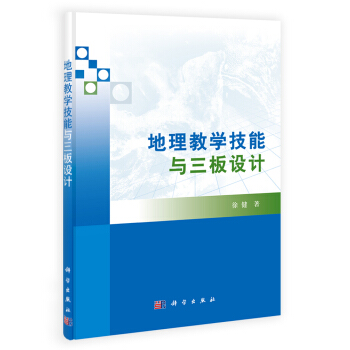
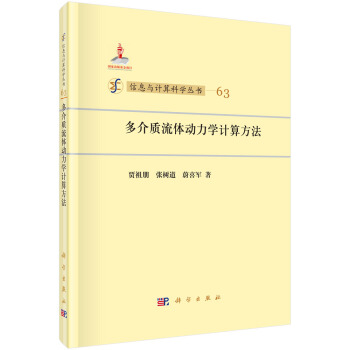
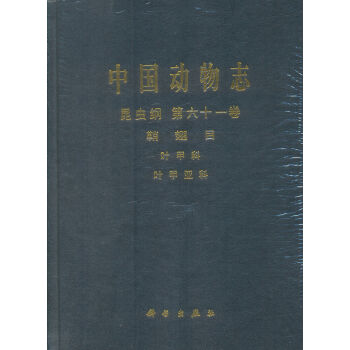
![中国福建南部海洋鱼类图鉴(第二卷) [Marine Fishes of Southern Fujian,China] pdf epub mobi 电子书 下载](https://pic.tinynews.org/11507352/53f2c175N79f8968d.jpg)
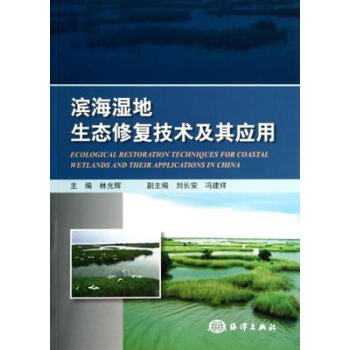

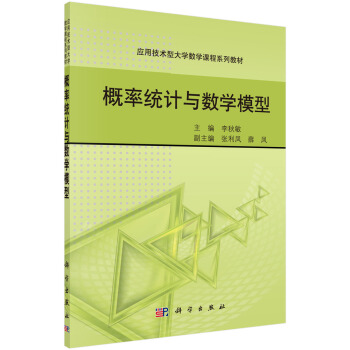
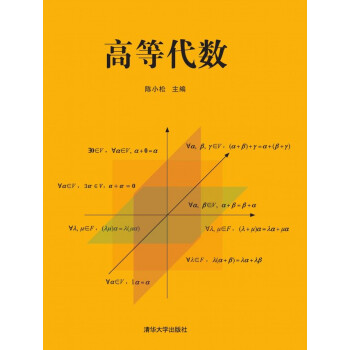

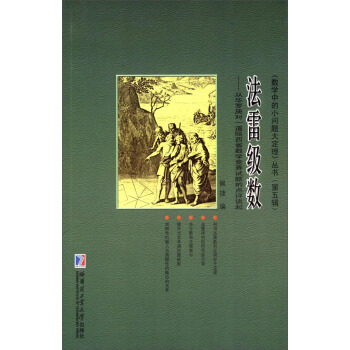
![当代科学地理译丛·学术专著系列:城市交通地理学 [The Geograohy of Urban Transportation] pdf epub mobi 电子书 下载](https://pic.tinynews.org/11573813/546335b8Nd3aac0ab.jpg)
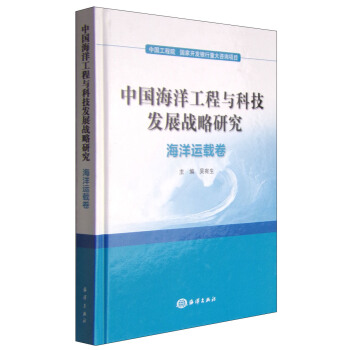
![数论中的美学 [The Aesthetics in Number Theory] pdf epub mobi 电子书 下载](https://pic.tinynews.org/11633859/554025ddN49585504.jpg)



